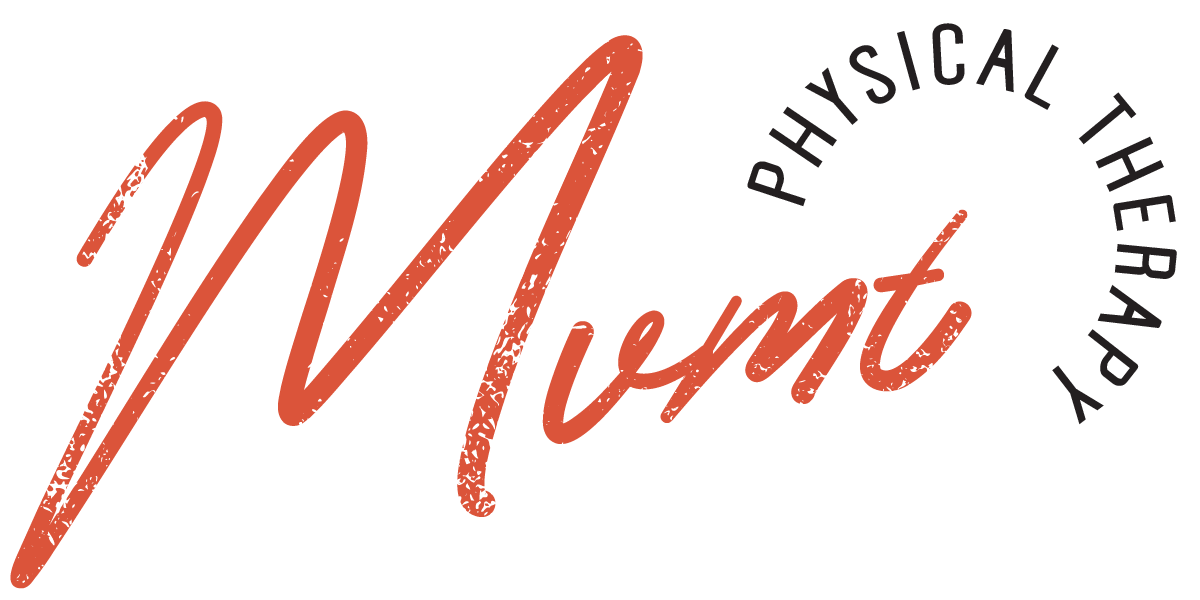Everyday Use of Gluts
- Anastasia Belikov

- Nov 8, 2023
- 2 min read
You use your gluteal muscles much more than you realize. Here are just a few examples highlighting when the gluteal muscles are hard at work:
1. Everyday Activities:

Walking and Running: As you walk or run, the glutes work to stabilize your pelvis and propel you forward. They also prevent the opposite hip from sagging when one foot is off the ground.
Climbing Stairs: As you step up onto a higher surface, the gluteus maximus contracts to extend the hip and lift the body.
Standing Up: When you rise from a seated position, especially from a low chair or the ground, your glutes activate to help straighten your hips.
Bending Over: As you bend forward to pick something up, the glutes are engaged to stabilize the pelvis and protect the lower back.
Squatting Down: Whether you're squatting to lift an object or simply to play with a child, the glutes help control the descent and power the ascent.
2. Specific Exercises:

Bridging: Lying on your back with feet flat on the ground, lifting your hips to form a bridge engages the gluteus maximus.
One-legged Stance: Standing on one leg, like when you're putting on shoes or pants, requires the gluteus medius and minimus of the standing leg to activate for stability.
Lunges: Stepping forward into a lunge position targets the gluteus maximus of the forward leg and the gluteus medius and minimus of both legs for stability.
Step-ups: Stepping onto a raised platform or bench requires power from the gluteus maximus and stability from the medius and minimus.
Deadlifts: While it's a whole-body exercise, the hip hinge movement in deadlifts (especially RDLs) heavily engages the gluteus maximus.
Side Leg Raises: Lying on your side and lifting the upper leg works the gluteus medius and minimus, targeting the abduction action.
3. Specific Movements:
Scooting in Bed: If you're lying in bed and want to shift your position, you might bridge slightly to lift your hips and scoot over. This action requires the gluteus maximus.
Twisting to Look Behind: When you twist your torso to look over your shoulder, especially if you're also pivoting on one foot, the glutes help stabilize and rotate the pelvis.
In Summation
The gluteal muscles play a pivotal role in various movements, both mundane and specialized. Whether you're performing daily tasks or engaging in targeted exercises, your glutes are continually working to support, stabilize, and move your body. Recognizing these instances helps emphasize the importance of maintaining strong and functional gluteal muscles.




Comments